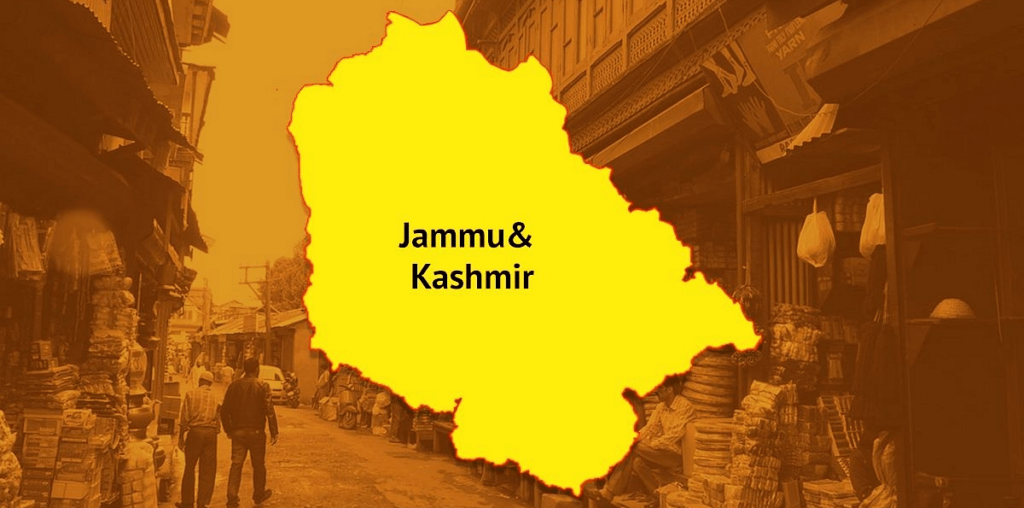The Jammu & Kashmir (J&K) assembly adopted a resolution the other day seeking for the Union Territory. The resolution does not specifically ask for the return of articles 370 or 35A, but since the resolution also calls for restoring some of the provisions that existed before 5 August 2019, one cannot rule out a reference to those articles at the negotiating stage. That cannot happen.
However, given the conciliatory tone of Chief Minister Omar Abdullah, who clearly does not want to rile the centre before statehood is granted, the centre need not take a negative view of the resolution. More so since Abdullah needs to have something to show the people who voted for his party in order to retain legitimacy in their eyes. The resolution calls for a dialogue with the “elected representatives” of the people on the Union Territory’s future.
The centre should use the resolution itself as a starting point since it calls for safeguarding “national unity” even while seeking to include the “legitimate aspirations of the people of Jammu and Kashmir” in any future constitutional set-up.
In some ways, the centre can use vague wording in the resolution to buy leverage in the negotiation process. Here is how it can proceed:
First, the centre should welcome the resolution’s call for national unity and commit to engaging with elected representatives. It can suggest a negotiating team that includes not only Valley MLAs but also a proportionate number from Jammu, with both groups having the right to reject terms unfair to their regions. Additionally, demands for a separate flag for the state should be rejected as not serving the cause of national unity.
Second, the centre must insist that statehood includes reasonable self-governing rights for Pandits in a designated region of the Valley. A resolution expressing regret for what happened in the late 1980s and 1990s should also be part of the agreement.
Third, Jammu, which has always gotten a raw deal from Valley-based politicians, should have special rights in deciding who can apply for land, property and jobs in the Jammu region, similar to what the Valley may seek in terms of special status. Ideally, a fairly autonomous Jammu region within J&K may work best for its people. It should have the right to refuse to settle refugees from Myanmar (the Rohingyas) in this region for fear of demographic change. It should be emphasised that even after Article 370’s removal, Jammu has yet to receive justice.
Fourth, some of these new provisions to safeguard the separate and common cultural heritage of Hindus and Muslims in J&K can be put forth in a new article, or in article 371, which grants , including Maharashtra, Gujarat, and the north-eastern states.
Fifth, the rights of the Hindu and other minorities to run their own religious and educational institutions should be guaranteed, and this provision can even serve as a model for extending equal rights to all communities in the religious sphere everywhere. There is no reason to deny Hindus religious rights on a par with Muslims and Christians merely because they are deemed to be a national majority.
The centre should view the J&K assembly resolution as an opening for more detailed dialogue, not as a call to revert to the pre-August 2019 situation. This dialogue must go beyond political posturing and protect the genuine rights of the beleaguered Hindu community in the Union Territory. Property and other rights for Indians from other parts of the country can be granted through a clear policy.

